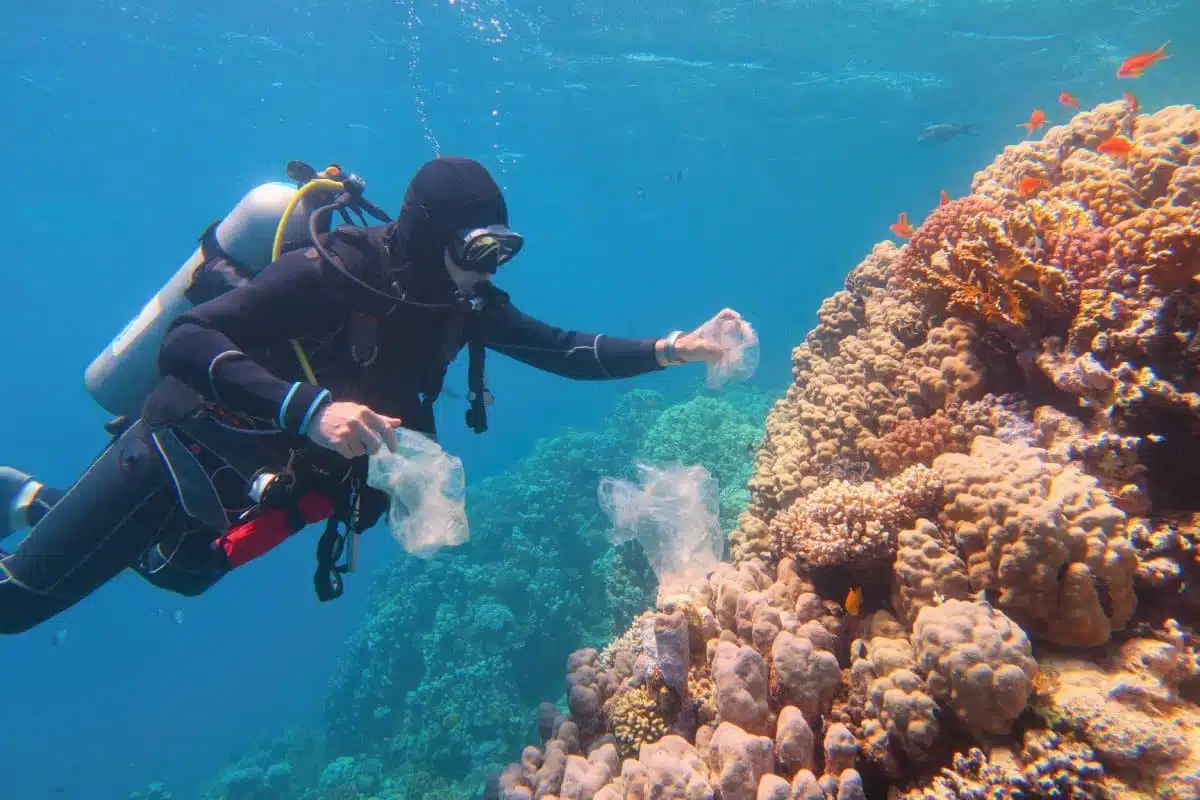The Great Barrier Reef, the world’s largest coral reef system, is recognized for its significant ecological diversity and beauty. However, it faces numerous threats, including climate change, pollution, and overfishing, prompting a need for concerted conservation efforts.
This guide focuses on opportunities for individuals to contribute to preserving the reef through various eco-friendly activities. Highlighting programs like coral gardening, reef clean-up initiatives, and educational workshops, the guide offers insight into how visitors can engage in meaningful actions to support the reef’s health. Each section provides practical information on participating in these conservation efforts, including the best times to visit and how to get there. The aim is to encourage travelers to go beyond passive observation and actively participate in the reef’s restoration and protection, ensuring its survival for future generations.
Coral Reef Threats
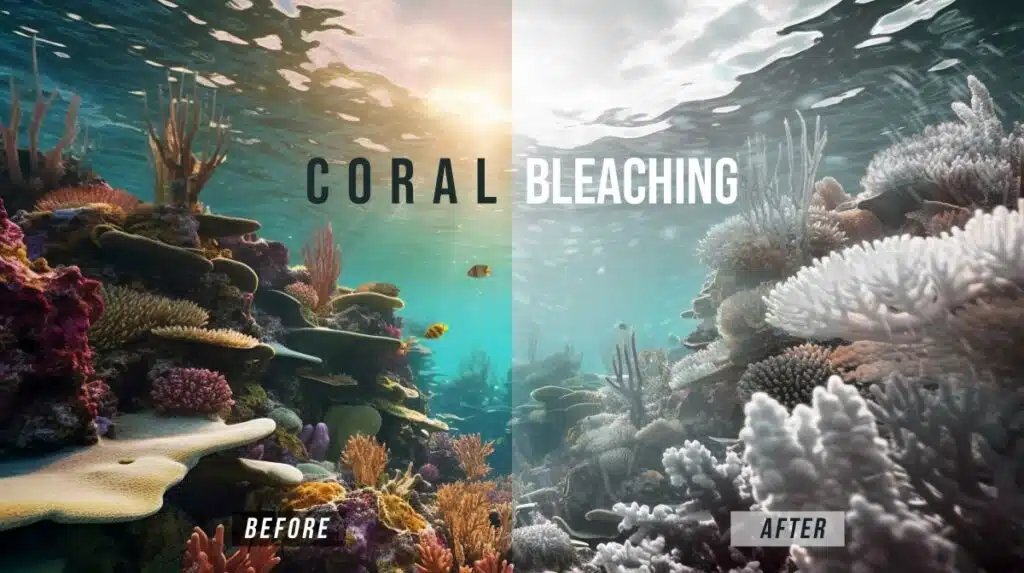
Image credit: Shutterstock / Maingi Studios
Coral reefs, including the Great Barrier Reef, face many challenges threatening survival. These challenges stem from natural phenomena and human activities, leading to declining reef health and biodiversity. Key threats include:
Climate Change: Rising sea temperatures cause coral bleaching, a stress response in which corals expel the symbiotic algae living in their tissues, losing color and vital energy sources. Prolonged bleaching can result in coral death. Additionally, ocean acidification due to increased CO2 levels weakens coral skeletons, making it harder for corals to grow and reproduce.
Pollution: Runoff from agriculture, wastewater discharge, and oil spills introduce toxins and sediments into the ocean, smothering corals and reducing water quality. Nutrient-rich runoff can also lead to algal blooms that block sunlight essential for coral health.
Overfishing: Removing key species disrupts the ecological balance of reef systems. Overfishing can lead to an increase in algae, which competes with coral for sunlight and space.
Physical Damage: Anchoring, trampling by tourists, and illegal fishing practices like blast fishing physically damage coral structures. Coastal development and land reclamation projects also contribute to habitat loss.
Invasive Species: The introduction of non-native species can have devastating effects on coral reefs. For example, the crown-of-thorns starfish preys on coral polyps, and its population booms can lead to significant reef damage.
Addressing these challenges requires coordinated global and local efforts to reduce greenhouse gas emissions, implement sustainable fishing practices, control pollution sources, and restore damaged reef areas. Conservation and restoration initiatives play a crucial role in mitigating these threats and ensuring the long-term survival of coral ecosystems.
1. Introduction to Coral Gardening
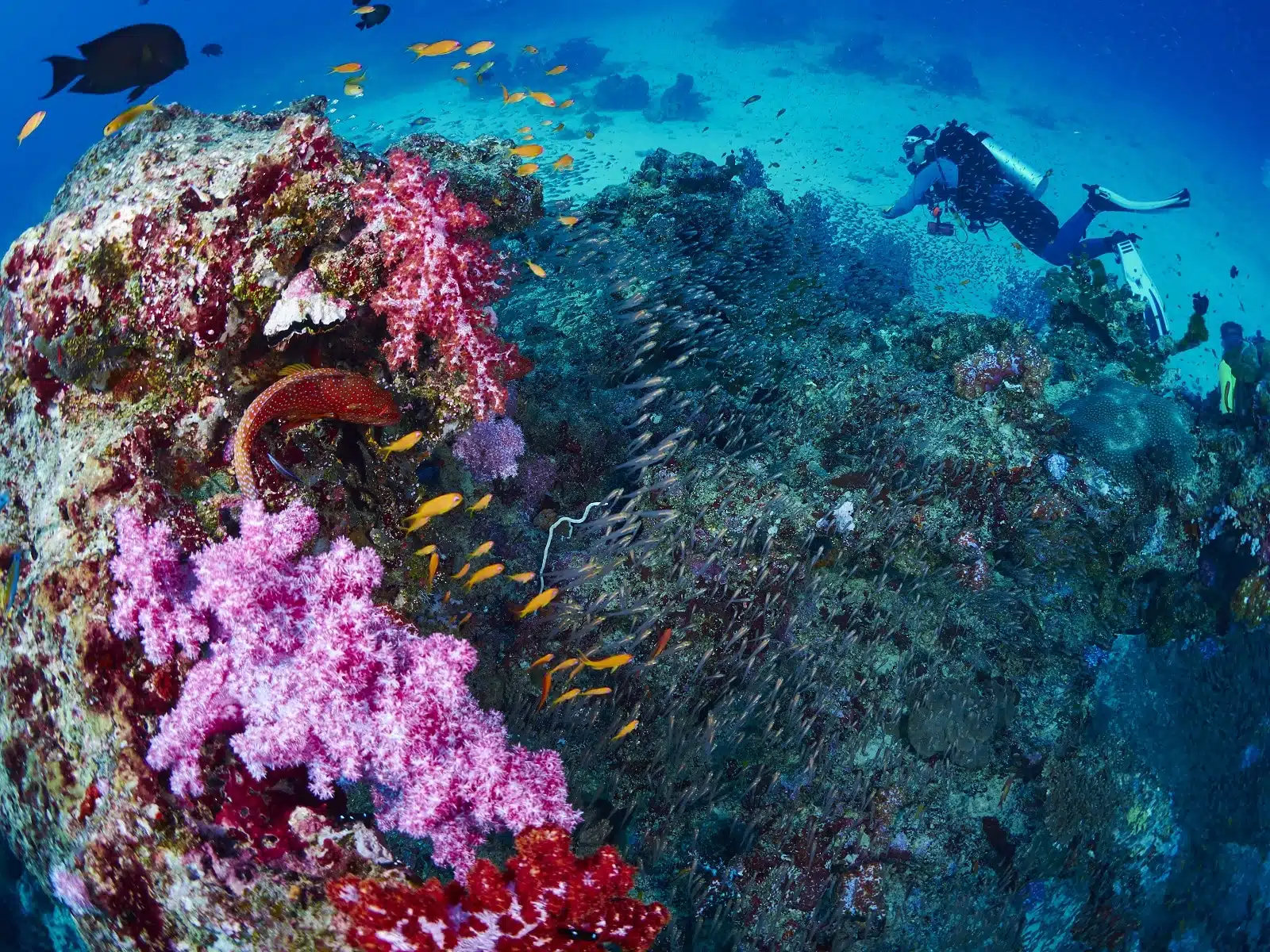
Image Credit: Shutterstock / metha1819
Coral gardening in the Great Barrier Reef involves cultivating and transplanting coral to damaged areas of the reef to promote growth and recovery. This conservation effort is crucial in combating the effects of climate change, pollution, and other threats to the reef’s health. Participants in coral gardening programs learn about coral ecology, the importance of reefs to marine biodiversity, and techniques for planting and caring for coral. These programs often collaborate with research institutions and conservation organizations, providing a hands-on approach to marine conservation.
Insider’s Tip: Before participating, take a course on coral identification and basic marine ecology to enhance your understanding and contribution to the project.
2. Participating in Citizen Science Programs
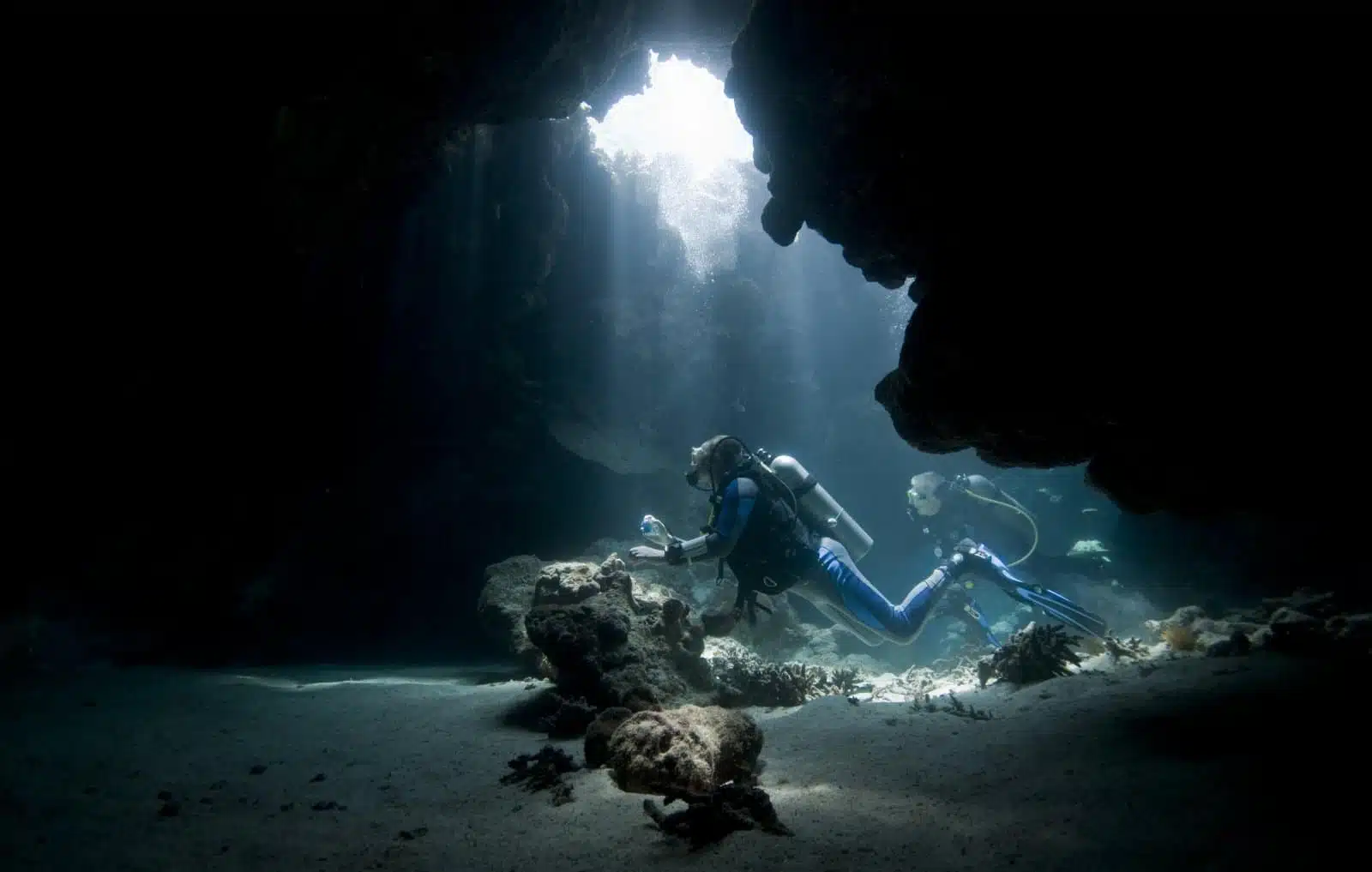
Image Credit: Shutterstock / Dray van Beeck
Citizen science programs on the Great Barrier Reef engage divers and snorkelers in data collection and monitoring activities that contribute to ongoing research and conservation efforts. These programs might involve surveying coral health, counting fish populations, or collecting water samples. Participants receive training from marine scientists, making this an educational and impactful way to experience the reef.
Insider’s Tip: Choose a program that aligns with your interests and skill level. Some programs require advanced diving certifications, while others are suitable for snorkelers.
3. Supporting Coral Reef Restoration Research
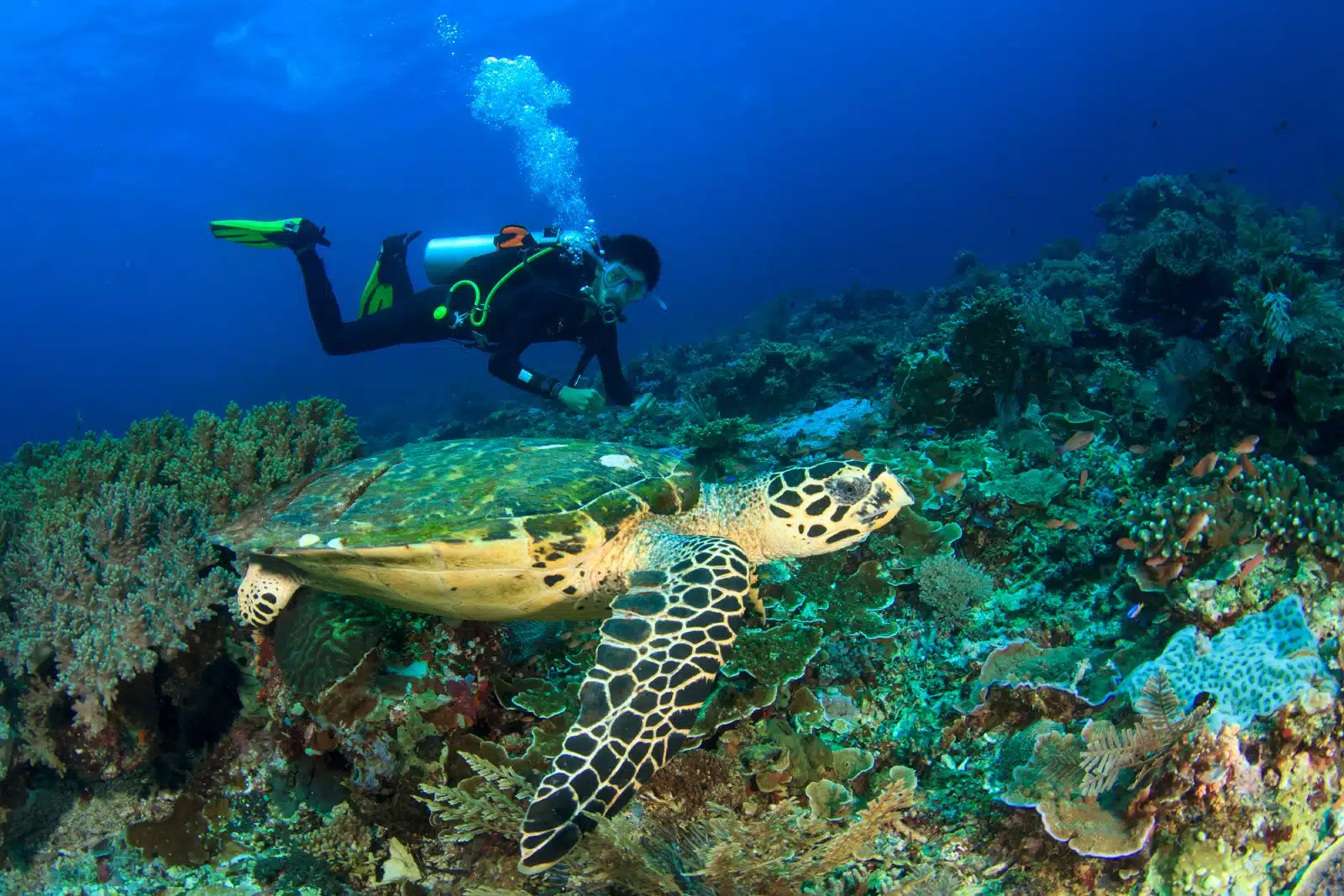
Image Credit: Shutterstock / Rich Carey
Supporting coral reef restoration research involves contributing to projects that develop new coral recovery and resilience techniques. This might include adopting a coral, funding specific research projects, or participating in workshops and seminars about coral conservation. These initiatives offer a deeper dive into the science behind reef restoration and provide financial support for critical research.
Insider’s Tip: Look for opportunities to engage with researchers through public lectures or guided tours of research facilities to gain firsthand insights into the latest developments in coral restoration.
4. Reef Clean-Up Initiatives
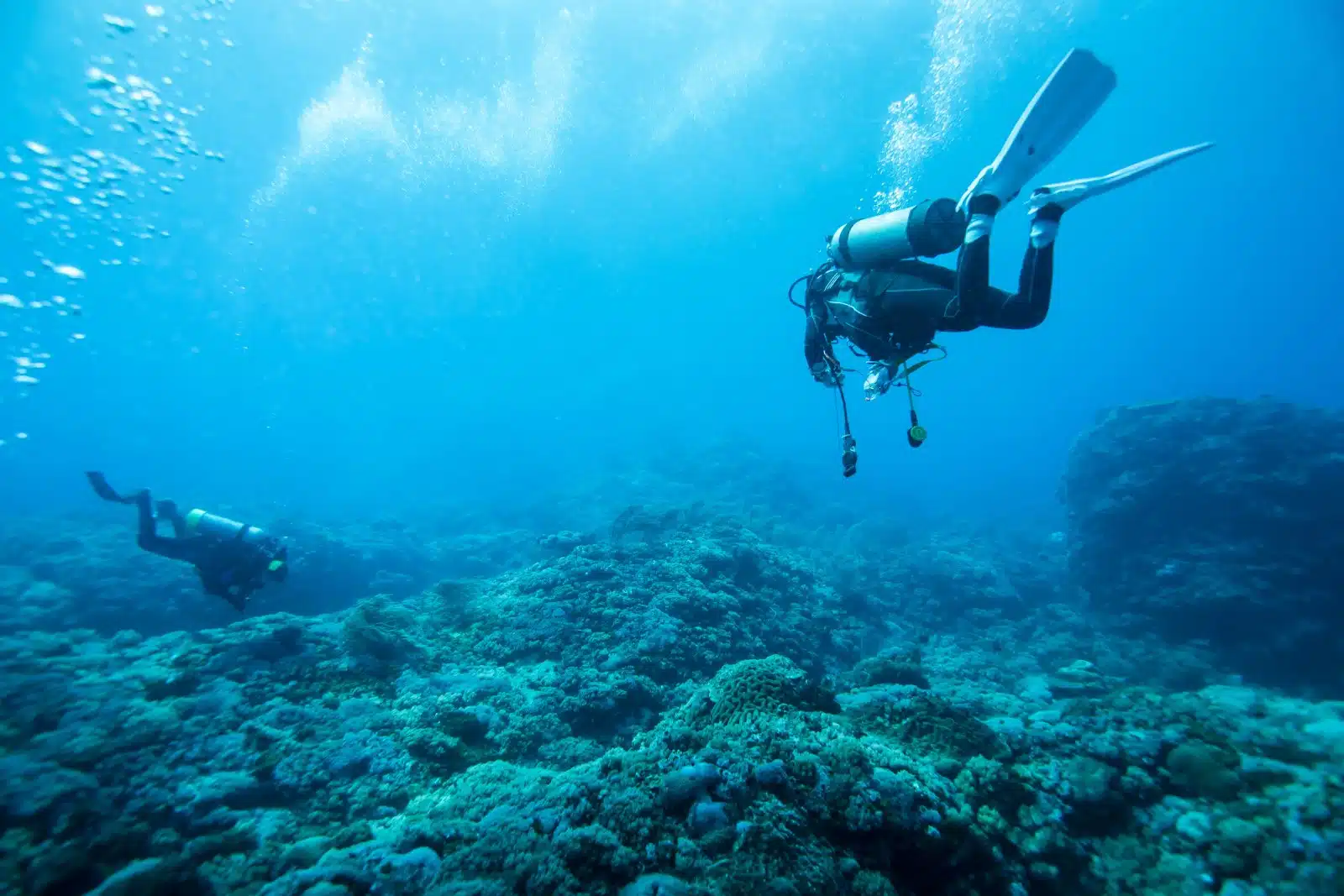
Image Credit: Shutterstock / littlesam
Reef clean-up initiatives are critical in maintaining the health of the Great Barrier Reef by removing debris and pollutants that can harm coral and marine life. These initiatives often involve divers and snorkelers collecting trash from the reef and beaches, including plastics, fishing nets, and other human-made items. Participation in a reef clean-up is a direct way to contribute to the reef’s longevity and offers a hands-on approach to understanding the impact of pollution on marine ecosystems.
Insider’s Tip: Wear gloves and carry a mesh bag for collecting debris. Be cautious of sharp objects and ensure all collected materials are disposed of properly after the dive.
5. Adopting a Coral Program
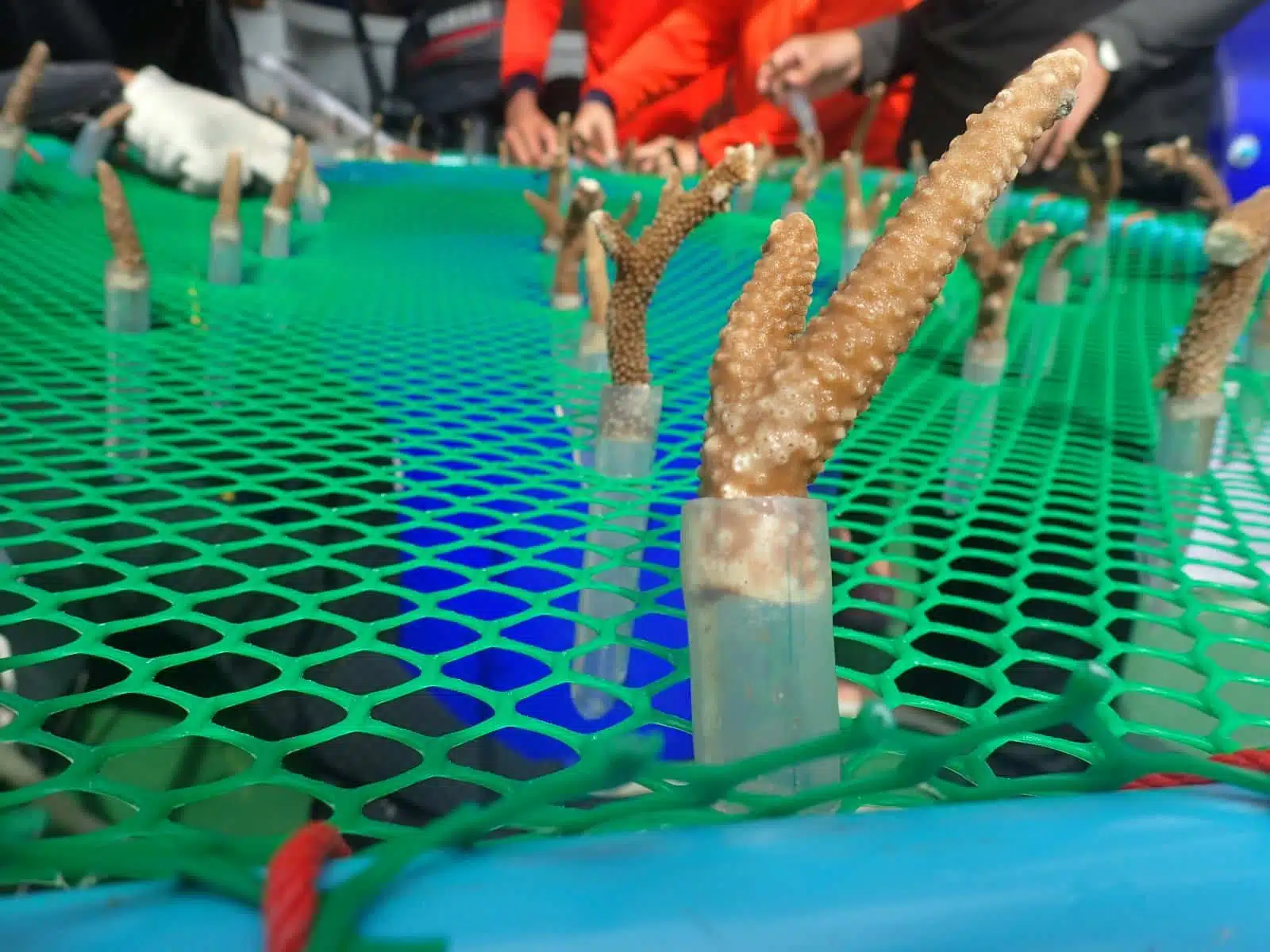
Image Credit: Shutterstock / Konrawat
Adopting a coral is a symbolic way to support coral restoration efforts in the Great Barrier Reef. These programs allow individuals to fund the planting and care of coral fragments cultivated in nurseries before being transplanted to damaged areas of the reef. Participants receive updates on the growth and health of their adopted coral, making this a rewarding way to contribute to reef restoration from afar.
Insider’s Tip: Select a program that offers detailed reporting on the progress of the coral restoration projects, including photos and GPS coordinates of where your adopted coral is planted.
6. Educational Workshops and Seminars
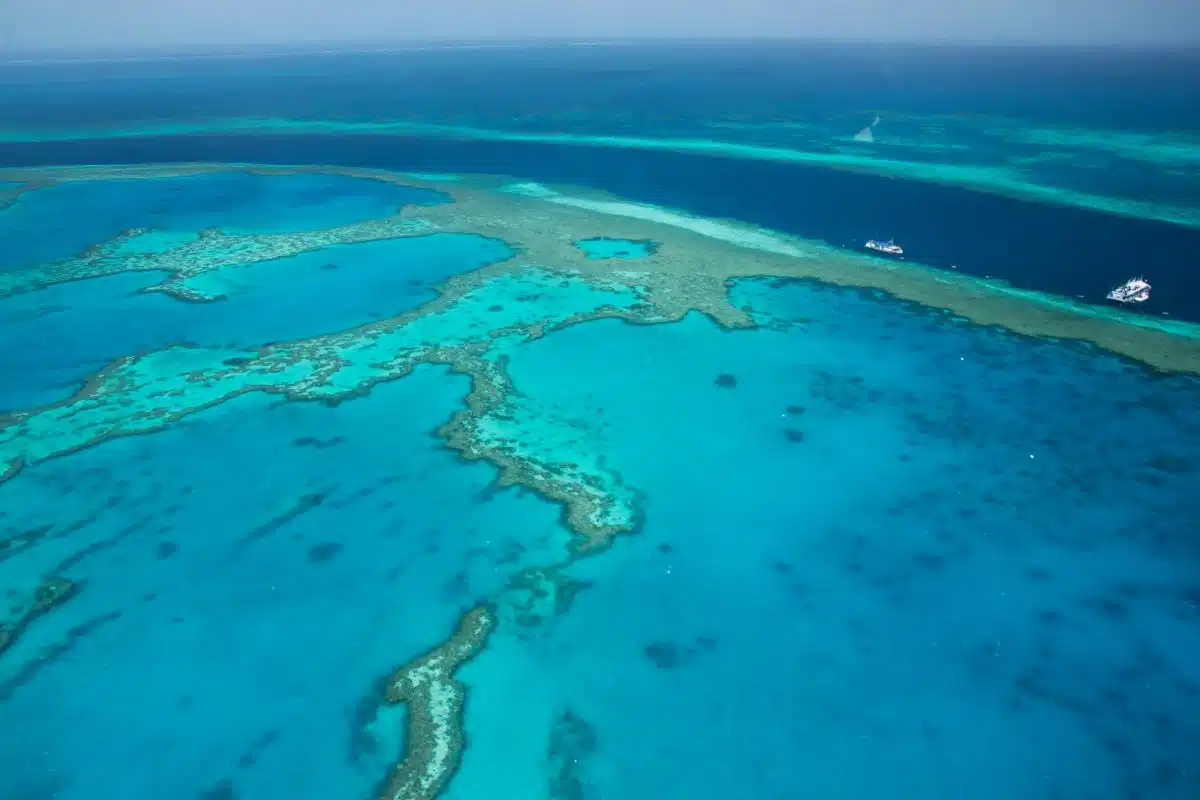
Image credit: Shutterstock / Ting Cheng
Educational workshops and seminars offer in-depth knowledge about coral ecosystems, conservation strategies, and the Great Barrier Reef’s challenges. These programs are designed for a wide audience, from school groups to interested tourists, and are led by marine biologists and conservation experts. Topics can range from coral bleaching and climate change impacts to sustainable tourism practices and marine biodiversity.
Insider’s Tip: Look for workshops that include field trips or practical sessions, providing a chance to apply newly learned concepts directly in the reef environment.
7. Volunteering With Marine Conservation Projects
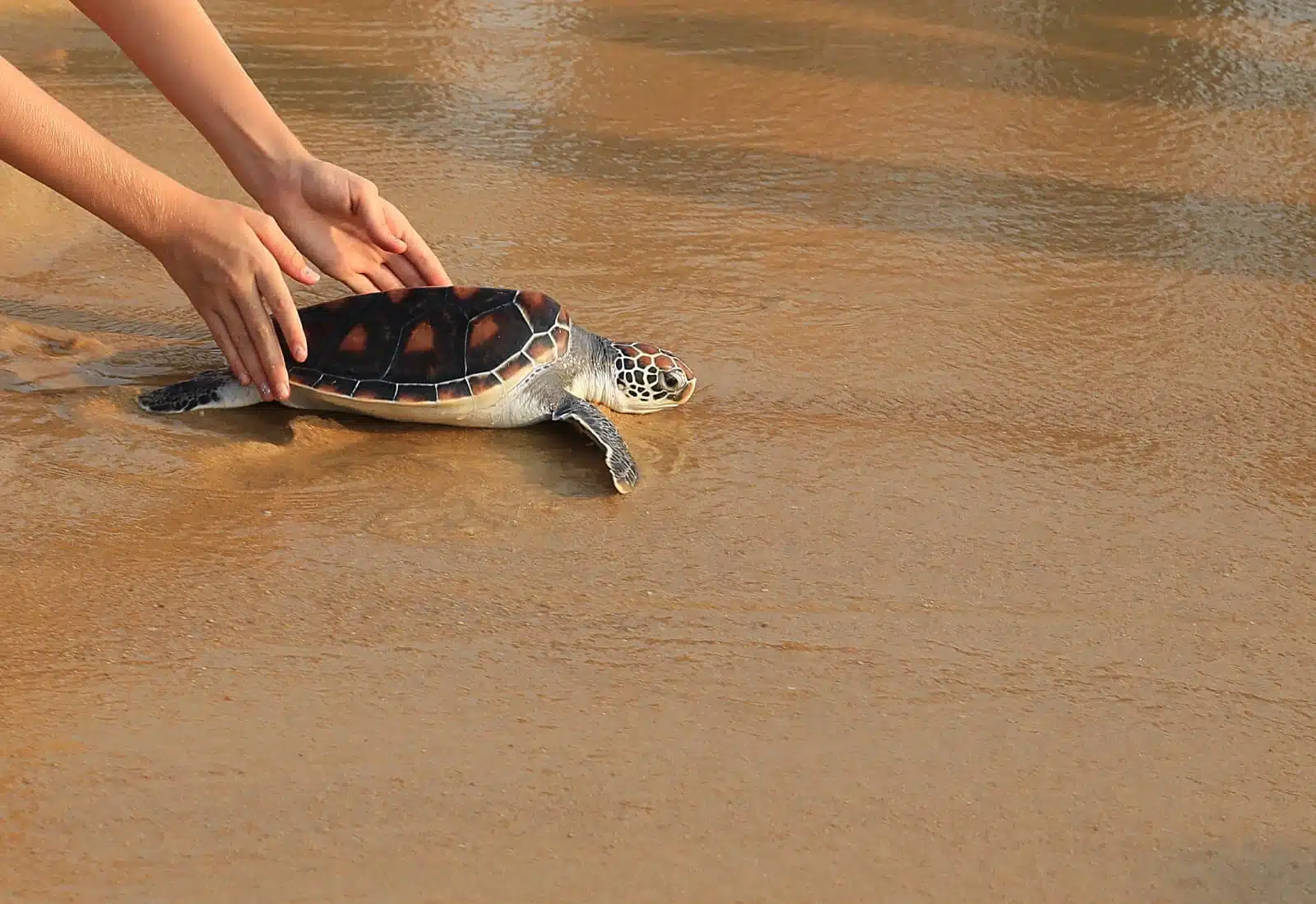
Image Credit: Shutterstock / Khunjompol
Volunteering with marine conservation projects on the Great Barrier Reef is an opportunity to contribute to ongoing research and restoration efforts. Volunteers can participate in a range of activities, from data collection and species monitoring to assisting in coral nurseries and public education campaigns. These programs often require a commitment of several days to weeks, offering a deeper engagement with conservation work and a greater understanding of the complexities of marine ecosystem management.
Insider’s Tip: Choose a project that matches your interests and skills, and be prepared for physically demanding work. Volunteering is about contributing your time and learning from the experience.
8. Supporting Sustainable Tourism Practices
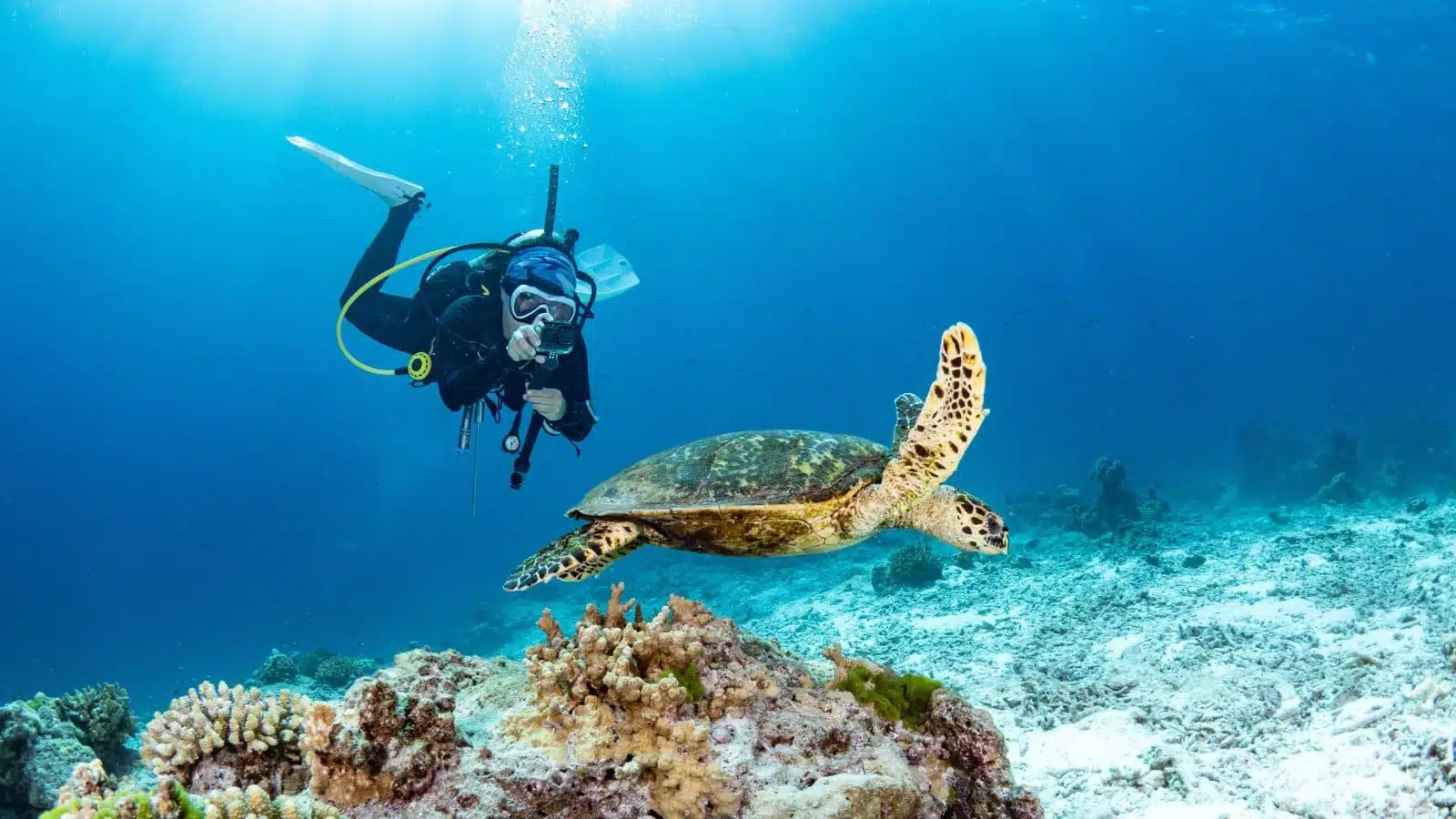
Image Credit: Shutterstock / Summer Paradive
Sustainable tourism practices in the Great Barrier Reef aim to minimize the environmental impact of tourism while enhancing conservation efforts and benefiting local communities. This approach includes choosing eco-certified tour operators, staying in eco-friendly accommodations, and participating in tours prioritizing the reef’s health and inhabitants. Sustainable tourism also involves educating visitors about the reef’s delicate ecosystem and promoting behaviors that contribute to its preservation, such as respecting wildlife, not touching the coral, and taking all trash back to the mainland. By supporting businesses and initiatives that adhere to sustainable practices, tourists can play a crucial role in the ongoing efforts to protect the Great Barrier Reef.
Insider’s Tip: Look for the Eco-Certified logo when booking tours, accommodations, and activities. This certification is awarded to businesses that meet high environmental sustainability and conservation support standards.
When to Travel: The optimal time to visit the Great Barrier Reef for conservation activities and diving is during the Australian winter and spring months, from June to November. During this period, sea temperatures are cooler, which reduces the stress on corals and minimizes the likelihood of coral bleaching events. Additionally, these months offer clearer water conditions, enhancing underwater visibility for diving and snorkeling activities. It’s also a time when marine life is abundantly active, increasing chances for diverse wildlife encounters. Travelers should consider the specific timing of conservation programs and activities, as some may have set schedules to maximize their ecological impact.
How to Get There: The Great Barrier Reef is accessible from various coastal cities along Queensland, Australia. Cairns and Townsville are the primary gateways for international and domestic travelers, which have airports serving flights from major Australian cities and select international destinations. From these cities, visitors can connect to the Great Barrier Reef through a range of transportation options, including organized tours, private charters, and public ferries, depending on the specific location and activity within the reef they plan to visit. For conservation activities, many organizations offer packages that include transport arrangements from these urban centers to the project sites, ensuring participants can reach their destinations efficiently and safely.
The Bottom Line
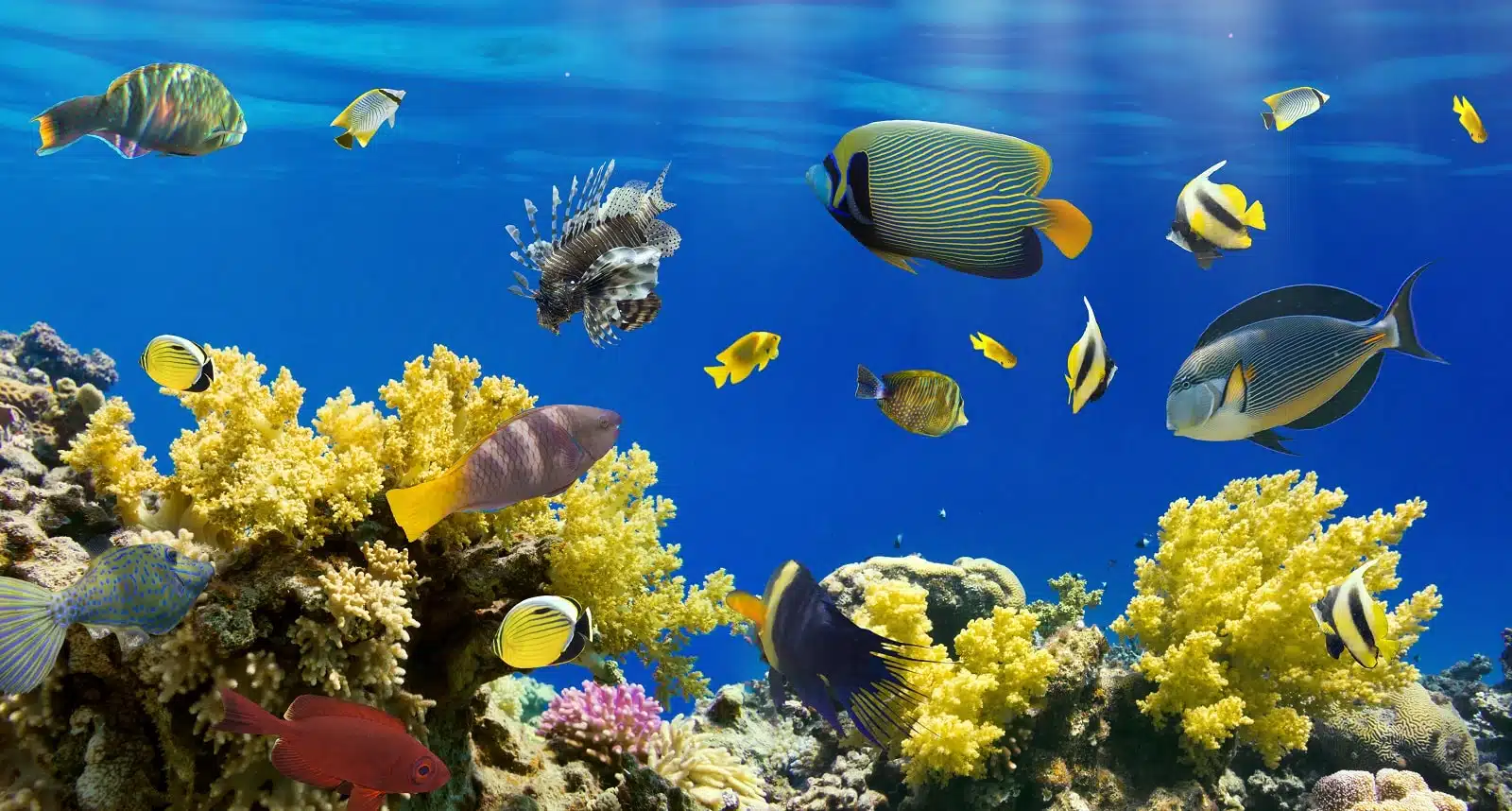
Image Credit: Shutterstock / Lotus_studio
Participating in the conservation and restoration of the Great Barrier Reef through eco-adventures and supporting sustainable tourism practices offers a profound connection to one of the Earth’s most vital natural resources. By choosing activities and operators that prioritize the health of the reef, visitors contribute to a legacy of protection and preservation. The collective effort of individuals choosing sustainable options creates a powerful force for change, ensuring the Great Barrier Reef remains a vibrant and thriving ecosystem for generations to come.
More From The Green Voyage
Top 10 Trending Travel Destinations 2024
6 Essential Banking Apps for International Travel – Managing Your Finances on the Go
Traveling With Kids – 10 Tips to Create Memorable Family Holidays
The post Diving With a Cause in the Great Barrier Reef 2024 first appeared on The Green Voyage.
Featured Image Credit: Shutterstock / Tunatura.
For transparency, this content was partly developed with AI assistance and carefully curated by an experienced editor to be informative and ensure accuracy.
Tips for Trip Success
Book Your Flight
Find an inexpensive flight by using Kayak, a favorite of ours because it regularly returns less expensive flight options from a variety of airlines.
Book Your Hotel or Special Accommodation
We are big fans of Booking.com. We like their review system and photos. If we want to see more reviews and additional booking options, we go to Expedia.
You Need Travel Insurance!
Good travel insurance means having total peace of mind. Travel insurance protects you when your medical insurance often will not and better than what you get from your credit card. It will provide comprehensive coverage should you need medical treatment or return to the United States, compensation for trip interruption, baggage loss, and other situations.Find the Perfect Insurance Plan for Your Trip
